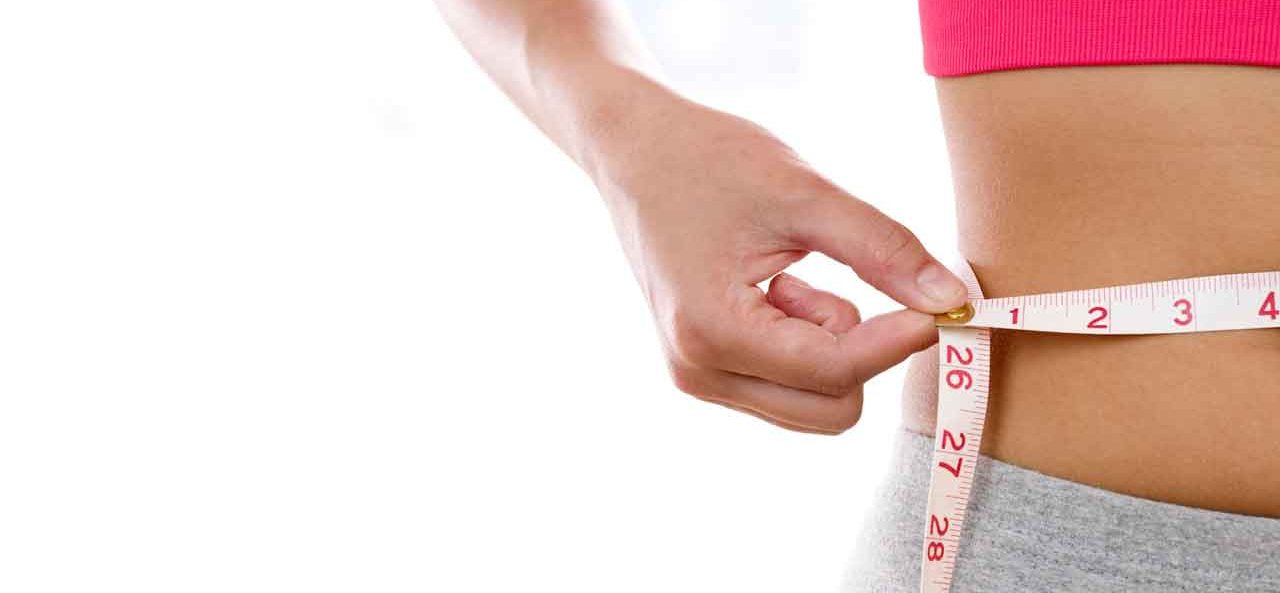What Is a Healthy Weight for Women?

What is a healthy weight for women? Fine tune your body mass index (BMI) and decide if you’re within a good range by measuring your waist and elbow bone.
You’ve probably heard the term BMI, or body mass index, and may have wondered where the numbers come from.
YOU MIGHT ALSO LIKE: Our Weight Loss section
What is a healthy BMI?
You can calculate your own BMI here and see how far off you are from the normal or healthy BMI for women or men.
The BMI is a standard estimate of body fat, based on averages. It may overestimate body fat in athletes and others who have a muscular build and underestimate it in older people or anyone who is slight. It is fairly close to more direct measures of body fat and very predictive of health risks linked to being overweight or obese.
What is a healthy weight for women?
A 5 foot, 2-inch woman with an average build who weighs 150 pounds has a BMI of 27.4, which puts her in the middle of the overweight category. If she gets down to 136 pounds, she’ll just make the normal group. Getting down to 128 pounds would be even better, but at 100 pounds, she’d be too thin.
Common sense applies here. If you’re a small-boned slight person, you need to be towards the lighter end of the BMI normal range, and if you’re muscular and big, you’re okay on the heavier end.
To check where you fit in, use this test: Extend one arm and bend your forearm upward at a 90-degree angle. Keep your fingers straight and turn the inside of your wrist toward your body. Place the thumb and index finger of your other hand on the two prominent bones on either side of your elbow, then measure the space between your fingers against a ruler or a tape measure. If your elbow is narrower than the width below you have a small frame; if it’s bigger, a large frame.
| Height (barefoot) | Elbow Breadth for a woman with a medium frame |
| 4'9" to 5'2" | 2. 1/4 to 2 1/2" |
| 5'3" to 6'0" | 2 3/8" to 2 5/8" |
Let’s say the 5 foot, 2-inch woman’s elbow is bigger than 2 ½ and she has a big frame.
With another test, developed by the Metropolitan Life Insurance Company, which analyzes the weight tied to your chances of dying, her ideal weight is 117 to 134, which corresponds to a BMI of 21.4 or 24.5, both normal. So, her big frame didn’t mean that the BMI calculation was wrong.
Now let’s say she has a small frame. Her ideal weight would be from 104 to 112 lbs., which corresponds to a BMI of 19 and 20.5, both normal.
Your waist measurement is also important
Let’s say your BMI is normal or close to normal, but you have a wide waist. If most of your fat is around your waist rather than at your hips, you’re at a higher risk for heart disease and type 2 diabetes. In a large 2012 study, researchers looked at data from more than 340,000 people from eight European countries. It turned out that overweight women with large waists — more than 34.5 inches — and men with waists more than 40 inches had about the same chance of developing diabetes as people who were obese.
To correctly measure your waist, stand and place a tape measure around your middle, just above your hipbones. Measure your waist just after you breathe out.
Don’t conclude that your weight is healthy because you don’t stand out among your friends. More than 60 percent of American women are obese or overweight. It’s also important not to be underweight.
YOU MIGHT ALSO LIKE: Women Can Lose Belly Fat to Lower Cancer Risk
Updated:
February 28, 2020
Reviewed By:
Janet O’Dell, RN